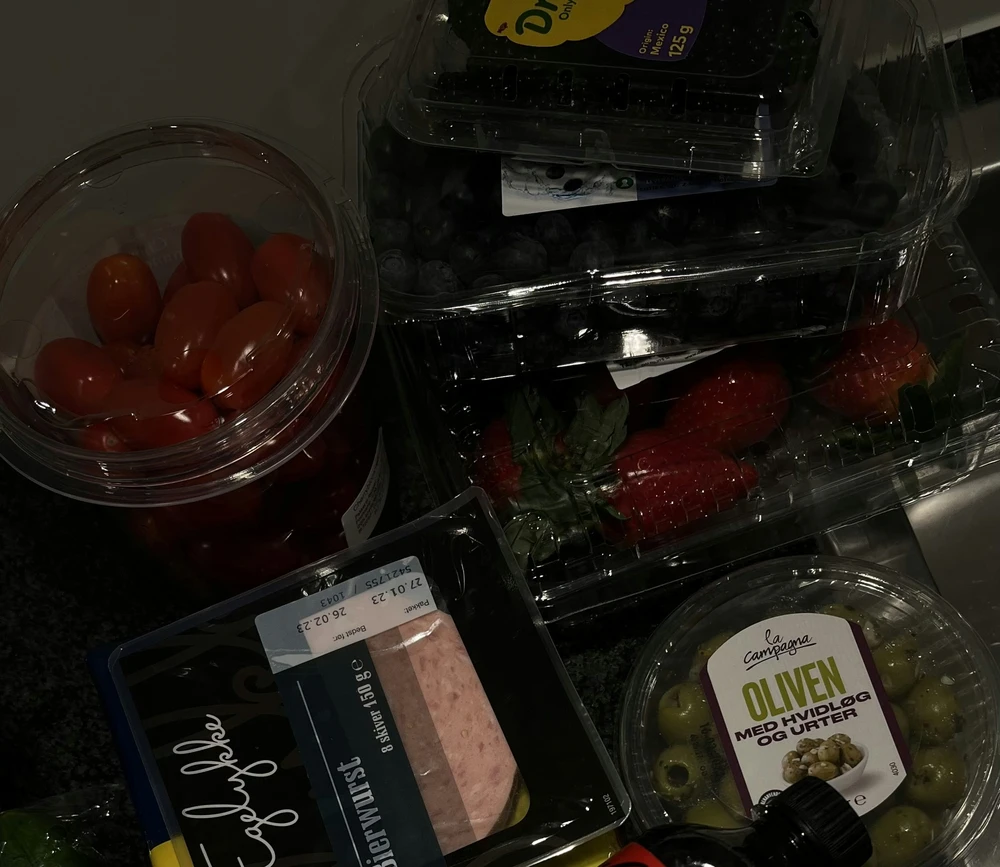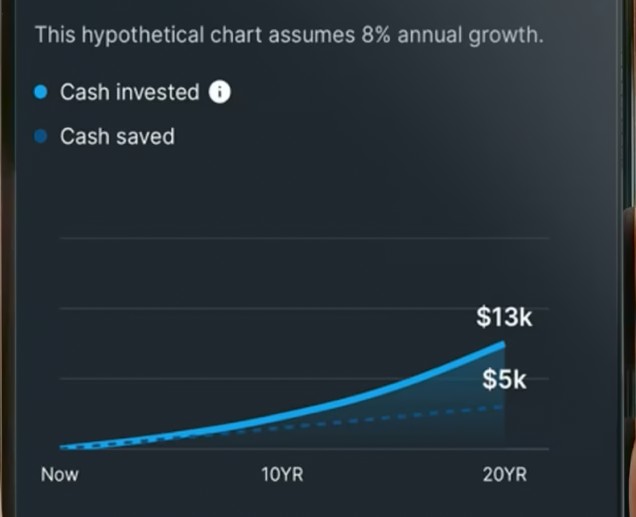Introduction: Why Your Grocery Budget Matters More Than Ever
Have you ever stood at the checkout counter, shocked by your grocery bill? You’re not alone. Across the U.S., food prices have been climbing, stretching household budgets thinner than ever. According to the U.S. Bureau of Labor Statistics, grocery costs have risen steadily, making food one of the biggest monthly expenses for American households.
But here’s the hopeful part: you can take back control of your grocery spending without sacrificing good meals.
A grocery budget isn’t about deprivation—it’s about smart planning, mindful shopping, and small daily habits that save you money. With the right approach, you can keep your pantry full, feed your family well, and free up extra cash for savings or fun activities.
This guide will walk you step by step through how to create a grocery budget, stick to it, and save money every single month.
Step 1: Understand Your Grocery Budget
You can’t fix what you don’t measure. That’s why the first step is to get crystal clear about your spending.
How to calculate your grocery budget:
-
Review income vs. expenses. Subtract rent, utilities, insurance, and transportation from your income. The remaining balance is where groceries fit.
-
Know the average. For many U.S. households, groceries take up 10–15% of monthly income. For a family of four, that’s about $900–$1,200 per month.
-
Track your spending. Use apps like Mint, YNAB (You Need a Budget), or even a Google Sheet. Save receipts for at least one month to see your baseline.
-
Separate essentials vs. extras. Essentials = proteins, produce, grains. Extras = snacks, soda, desserts, alcohol.
Pro tip: Keep a pantry inventory. Knowing what you already own prevents waste and duplicate purchases.
Step 2: Meal Planning – Your #1 Grocery Savings Habit
If you want to slash your food bill fast, start meal planning. It’s the backbone of any successful grocery budget.
How to meal plan effectively:
-
Check your pantry first. Build meals around what you already have.
-
Plan around sales. Look at weekly store flyers before writing your menu.
-
Batch cook. Cook larger meals and repurpose leftovers into lunches or new dinners.
-
Use seasonal produce. Buying strawberries in June costs less (and tastes better) than in December—see USDA Seasonal Produce Guide.
Example: If chicken is on sale, plan grilled chicken Monday, chicken stir-fry Tuesday, and chicken salad Wednesday. One ingredient, three meals.
Result: Less stress, less waste, and more savings.
Step 3: Build a Smart Shopping List
Walking into the store without a list is like walking into a casino—you’ll probably overspend.
A budget-friendly shopping list should be:
-
Linked to your meal plan
-
Organized by category (produce, dairy, pantry, frozen)
-
Flexible (swap broccoli for green beans if the price is better)
Pro tip: Never shop hungry. Research shows people spend significantly more when shopping on an empty stomach.
Step 4: Use Coupons, Apps, and Digital Discounts
Coupons aren’t just for extreme savers—they’re a modern grocery hack.
Best ways to save on groceries in the U.S.:
-
Digital Coupons & Cash Back: Try Ibotta, Rakuten, or Checkout 51.
-
Store Loyalty Programs: Kroger, Safeway, Target Circle, and Walmart+ offer members-only discounts.
-
Manufacturer Coupons: Find them on brand websites or in Sunday newspapers.
Even stacking a few coupons can cut $20–$50 off your monthly bill.
Step 5: Shop Smart – When and Where
Timing and location can make or break your grocery budget.
-
Shop mid-week. Many stores restock and discount items on Wednesdays.
-
Shop mornings. Bakeries, delis, and meat counters discount items nearing expiration.
-
Farmers’ markets. Often cheaper for in-season produce; check LocalHarvest to find one near you.
-
Compare stores. Aldi and Costco often beat traditional supermarkets for staples.
Step 6: Bulk Buying – Do It Wisely
Bulk buying can save you a fortune—but only if you do it strategically.
Best bulk buys: rice, beans, pasta, frozen veggies, oats, cleaning supplies, toilet paper.
Avoid bulk perishables (unless you can freeze them).
Rule of thumb: If you won’t use it within a month, don’t buy it in bulk.
Step 7: Store Brands vs. Name Brands
Want to cut 30% off your bill instantly? Switch to store brands.
Most shoppers can’t tell the difference between generic and name-brand pantry staples. Try store-brand cereal, pasta, or canned veggies—you’ll be surprised at the quality.
Reserve name brands only for items where taste or quality truly matters to your family.
Step 8: Reduce Food Waste – Save $1,500 a Year
The average American family throws away about $1,500 worth of food annually. That’s like tossing your vacation fund in the trash.
How to cut food waste:
-
Store properly (airtight containers, fridge zones).
-
Label leftovers with dates.
-
Repurpose meals (roast chicken → chicken tacos or soup).
-
Understand “Best By” vs. “Use By.” USDA Food Safety clarifies what those labels mean.
Step 9: Track, Review, and Adjust Your Grocery Budget
A grocery budget is a living plan—it grows and changes with your life.
-
Review monthly. Compare your budget to actual spending.
-
Adjust. Overspending? Revisit your list, meal plans, or shopping habits.
-
Celebrate wins. Saved $100 this month? Treat yourself to a family outing—it keeps motivation high.
Conclusion: Take Control of Your Grocery Budget
Your grocery budget isn’t just about cutting costs—it’s about peace of mind. When you know your spending is under control, you reduce stress and free up money for what truly matters—family trips, savings, or simply breathing easier when bills arrive.
Remember: meal planning, smart shopping, and waste reduction aren’t sacrifices. They’re steps toward a smarter, healthier, and more financially secure life.
Start small this week—plan just three meals, use one app, or switch to one store brand. Over time, those little changes will add up to big savings.
FAQs About Grocery Budgeting
1. How much should a family of four spend on groceries in the U.S.?
On average, $900–$1,200 per month depending on location and diet (USDA Food Plans).
2. How do I start a grocery budget if I’ve never tracked spending?
Save your receipts for one month, add them up, and set a goal to cut 10–15% the following month.
3. Is driving to multiple stores worth it?
Yes, if stores are close. If gas and time outweigh savings, stick to one or two affordable options.
4. What’s the best app for grocery savings?
Top U.S. apps: Ibotta, Fetch Rewards, and Flipp.
5. How do I stick to a grocery budget long-term?
Consistency: meal plan weekly, shop with a list, track expenses, and adjust when life changes.












